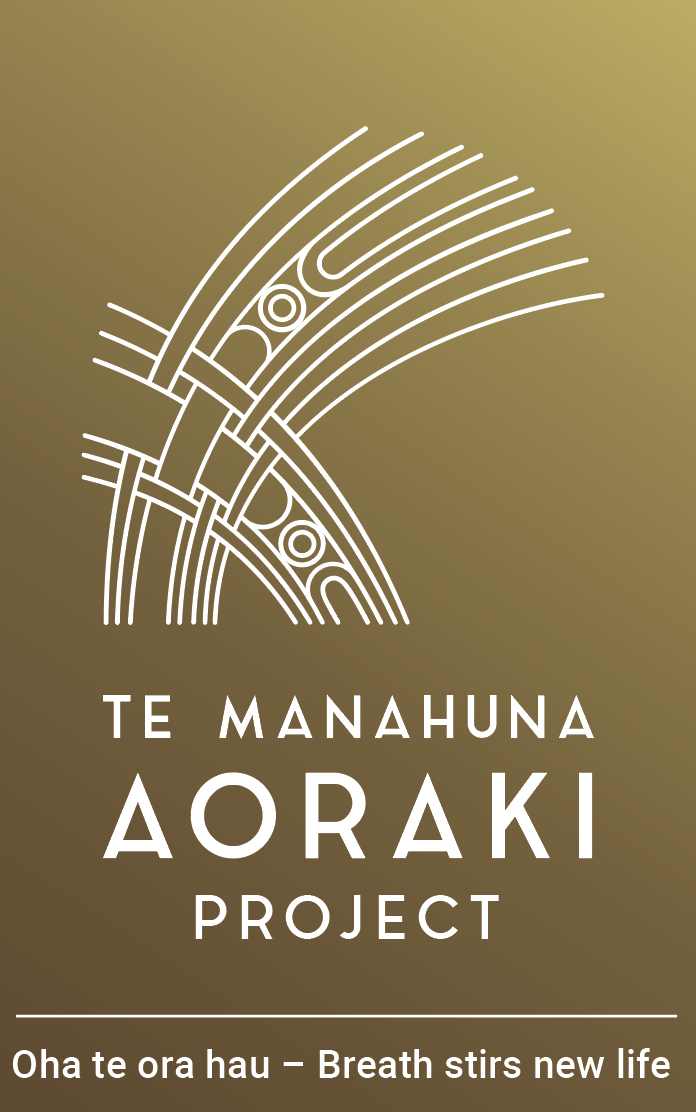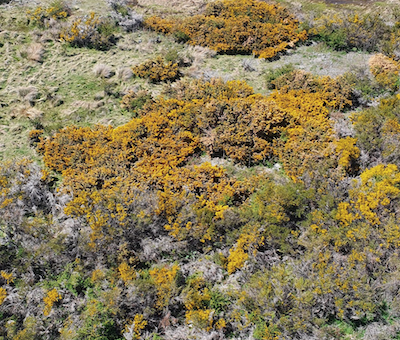Gorse is another species that was brought here from Europe by unknowing settlers in the 1800s. It was used as hedgerows and fodder but thrived in New Zealand’s temperate climate.
With its spiny woody stems, and yellow flowers that appear twice a year it is easily recognised. Given the chance, it vigorously colonises open ground near river systems, right up to the lower slopes of mountains, preventing the growth of native seedlings and increasing nitrogen in soil, which can make it hard for natives to establish in some circumstances. The woody stems can also be a fire hazard.
Gorse isn’t all bad though and can act as a nursery crop to help with native bush regeneration. While young gorse plants can some stop some species of natives growing, gorse becomes leggy as it gets older and provides ideal conditions for natives seeds to germinate and grow under. The natives grow up through the gorse, eventually cutting out its light and replacing it.
It is a hard weed to get rid of as seed can actually lie dormant for over 100 years germinating after the adult plants have been removed. Unfortunately most methods of removing adult gorse plants such us bulldozing or burning create the ideal conditions for the gorse seeds to germinate.


